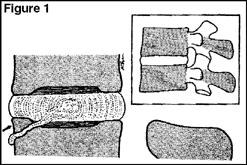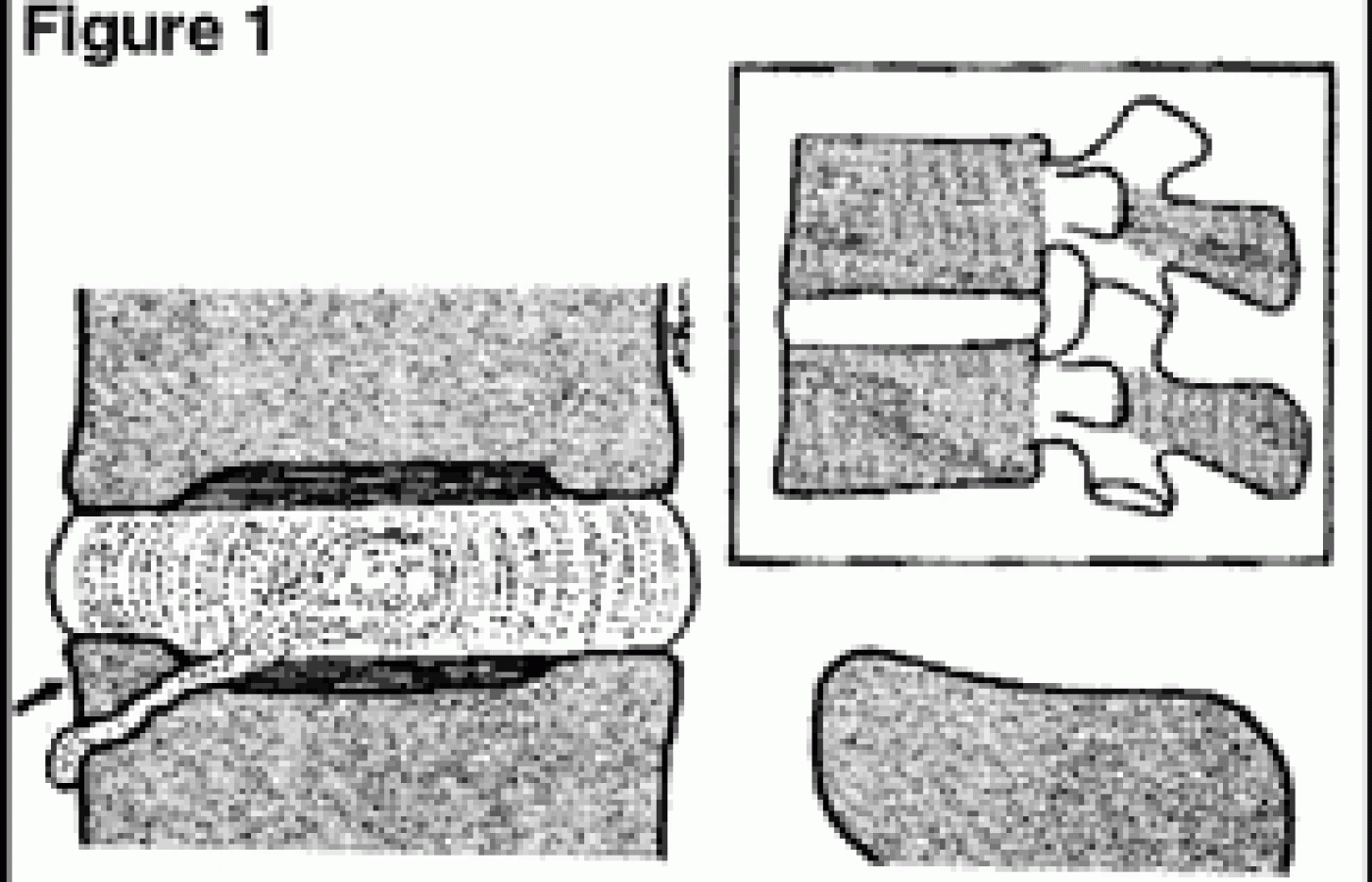New York's highest court of appeals has held that no-fault insurers cannot deny no-fault benefits where they unilaterally determine that a provider has committed misconduct based upon alleged fraudulent conduct. The Court held that this authority belongs solely to state regulators, specifically New York's Board of Regents, which oversees professional licensing and discipline. This follows a similar recent ruling in Florida reported in this publication.
Limbus Vertebrae
Limbus vertebrae result from an intrabody herniation of disc material. It can be mistaken for a fracture, infection or tumor, resulting in unnecessary invasive diagnostic procedures.
The anterior intraosseous herniation of the nucleus pulposus producing a limbus vertebra was first described by Schmorl in 1927 and later in detail by Neidner.1 Despite the long interval since its first description, the abnormality is often misdiagnosed as a fracture. This misinterpretation can cause a great deal of concern for the patient and the treating practitioner. The origin is due to trauma, but most often it is not diagnosed until the patient is well into adulthood.

Figure 1: A limbus vertebra.
The limbus vertebra in the adult is a rather common radiologic finding. In the child, it is a defect in the anterior margin of the vertebral body usually at the superior anterior margin of the vertebral body. The anterosuperior corner of a single vertebral body in the mid-lumbar region is most frequently affected. Most investigators accept Schmorl's opinion that the limbus vertebra resulted from an intrabody herniation of disc material. Schmorl's node is a more central herniation into the vertebral end plate, while the limbus vertebra is caused by a marginal herniation. The anterior herniation of the nucleus pulposus may cause a separation of a triangular smooth bone fragment which apparently represents the ring apophysis. This apophysis then remains separate from the vertebral body.
It has been stated that the anterosuperior margin of the vertebral body is more frequently affected because of the difference in size of the adjacent vertebral bodies, the upper one being smaller. As a result, during flexion, the anterior portion of the disc would be forced into the superior end plate of the larger inferior vertebra. Diagnosis of the limbus vertebra may be less difficult in adults since a well formed triangular fragment is present; in children or adolescents, only an irregular destructive-appearing process is present on the vertebral margin. No further investigative procedures are necessary, and treatment should be conservative.
Reference
1. Neidner F. Zur kenntnis der normalen und pathologischen der wirbeklorperrandleisten. Fortschr Rotgenstr 1932;46:628.



